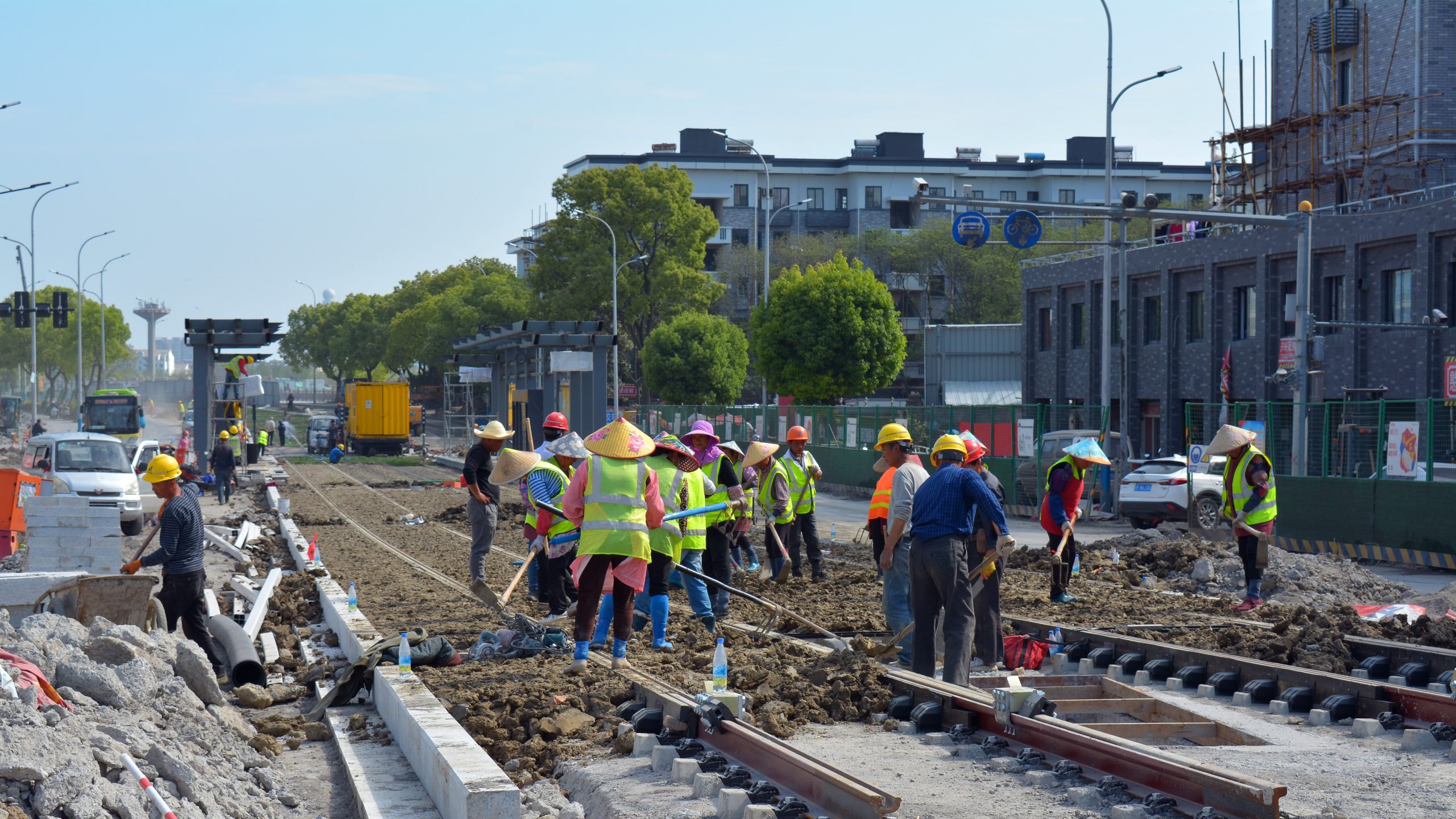By Anne Oeking

Millions across Asia have lost their jobs since the COVID-19 pandemic broke out early last year. One year on, the uneven and weary path to economic recovery continues to cast a shadow on the prospects of the labor market.
Unemployment rates across the ASEAN+3 region, comprising the ten ASEAN economies, China including Hong Kong, Japan and Korea, spiked up last year as many economies shut their borders and imposed restrictions on movements to prevent COVID-19 transmission.
Although unemployment rates have declined in recent months, they have yet to return to pre-pandemic levels in most regional economies. In Singapore, unemployment shot up to 3.5 percent in the third quarter of 2020, even higher than the 3.3 percent encountered during the height of the global financial crisis. It has since fallen to 2.9 percent. Other regional economies experienced an even sharper hit. The Philippines’ unemployment rate reached a record-high of 17.6 percent in April 2020, before falling to 7.1 percent in March 2021. In Malaysia, the unemployment rate peaked at 5.0 percent in April last year before moderating to 4.7 percent in March 2021.
In addition to high unemployment rates, labor force participation rates fell, implying that many gave up on their job search altogether. Overall, employment dropped sharply in several regional economies, more so than at the nadir of the Asian financial crisis.
The unprecedented scale of job displacements and lost incomes is expected to have far-reaching economic consequences. With lower or even no incomes, families have to draw down savings to pay their bills. In turn, impaired household balance sheets have implications for financial stability—especially if interest rates were to rise unexpectedly, and mortgage payments suddenly become too high, households may be forced to default on their payments. These factors could pose a threat to recovery by suppressing consumer sentiments and weighing on private consumption. They could also lead to worsening inequality and rising poverty.
Uneven impact across sectors
To date, job losses have been very uneven across sectors and segments of the population. Workers in the region’s manufacturing and construction sectors were affected early on. But, the most severe job losses have been in the services industry, especially the retail and tourism sectors, which require high levels of close proximity and face-to-face contact.
On the flip side, employment in some sectors has actually increased. They include agriculture, healthcare, and social work, as well as in digital and digitalizable services, such as information and communication, e-commerce, and business or financial services.
Within the ASEAN+3 region, the shock to the services industry has been particularly dire as a large part of services employment takes place in the more vulnerable segments of smaller enterprises and informal businesses. In Singapore, small and medium-sized enterprises accounted for 70 percent of total employment in 2020. Many of them have weaker balance sheets and are more vulnerable to liquidity shocks. In many emerging ASEAN economies, such as Cambodia, Indonesia, Lao PDR, Myanmar and the Philippines, informal employment may be as high as 90 percent of total non-agricultural employment. So, job losses could be even greater than what the official data reveal.
We also observe differentiated labor market effects across segments of the population. The younger workforce bore most of the job losses while elderly employment picked up in some aging societies, such as Hong Kong, Japan, Korea, and Thailand. In some countries—notably Japan and Korea—employment among female workers suffered a big blow, likely because of a higher share of female temporary workers and an increase in childcare needs at home due to school closures.
Much-needed support to the labor market
To address the acute and uneven downturn, governments in the region have rolled out policies to prevent further job losses over the past year. They include the Employment Support Scheme in Hong Kong, the Job-Retention Program in Korea, and the Job Support Scheme in Singapore. Job losses would have been significantly higher if not for these support measures which provide financial incentives for employers to retain workers, by subsidizing wages for targeted groups of workers, and supporting training and skills upgrading.
While efforts to revive labor markets have shown progress, a full recovery will hinge on the ability of economies to adapt to new realities and realign their labor markets, as well as the pace and availability of vaccinations. Reaching herd immunity through mass vaccinations would allow most economic activities to resume, thus enabling a return of jobs in hard-hit sectors.
The pandemic has left a trail of job casualties in the ASEAN+3 region. As labor markets continue to recover, policies will need to shift from protecting lives and livelihoods to safeguarding an inclusive, sustainable recovery. The policies should be formulated carefully to avoid prolonged labor market weaknesses, which could exacerbate widening inequality, especially when government support is rolled back.
The acceleration of digital adoption over the past year will likely sustain demand for workers with relevant skillsets. To support displaced workers, policymakers in the ASEAN+3 region should adopt long-term strategies to enhance the adaptability and resilience of the workforce, by leveraging on opportunities and preparing the workforce for the changing skillsets required in the digital era.
Once restrictions are lifted, some jobs will return, others will be gone, and new jobs will be created. Appropriate policies and support will help the workforce emerge stronger from the pandemic.
